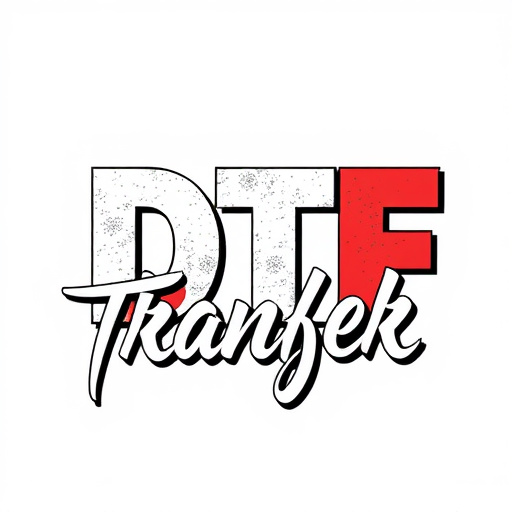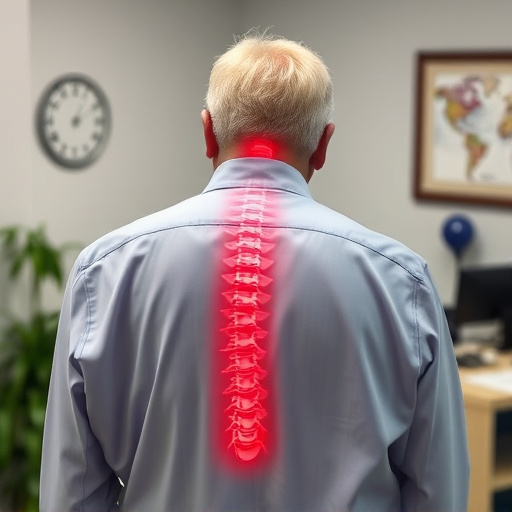DTF Printing is a cutting-edge technology revolutionizing content creation across industries, offering exceptional detail reproduction and vibrant color accuracy. Quality assessment is paramount in this process, requiring meticulous cleaning, film inspection, exposure control, and a dedicated test environment to meet stringent standards. Post-transfer evaluation ensures accurate color reproduction by identifying and correcting degradation or inaccuracies. Best practices emphasize precision, consistency, advanced technologies, and continuous learning to maintain and enhance DTF Printing quality, driving superior results in diverse applications.
In the realm of film preservation, Direct-to-Film (DTF) printing has emerged as a game-changer. This innovative process offers a promising path to high-quality digital transfers, preserving cinematic art with remarkable detail. However, ensuring optimal results requires rigorous quality assessment. This article delves into the intricacies of DTF printing, guiding you through every step—from understanding the process to setting up test environments and best practices for continuous improvement.
- Understanding Direct-to-Film (DTF) Printing: A Brief Overview
- The Need for Quality Assessment in DTF Transfers
- Preparing Your Films for Testing: Essential Steps
- Setting Up the Test Environment and Equipment
- Evaluating Results and Making Adjustments
- Best Practices for Continuous Improvement
Understanding Direct-to-Film (DTF) Printing: A Brief Overview

Direct-to-Film (DTF) printing is a cutting-edge technology that allows for high-quality, direct imaging on various types of films. This process eliminates the need for traditional intermediate steps, such as separations and plate making, streamlining the production flow significantly. DTF Printing offers exceptional detail reproduction, vibrant color accuracy, and remarkable image sharpness, making it an ideal choice for fine art, photography, and graphic design applications.
The method involves using specialized printers that directly expose the film emulsion with precise laser technology, ensuring accurate and uniform imaging. This direct approach results in superior print quality, reduced waste, and faster turnaround times compared to conventional printing methods. With its ability to produce rich, vibrant images on a range of media, DTF Printing is revolutionizing how professionals create and reproduce visual content for various industries, from film and photography to advertising and art exhibitions.
The Need for Quality Assessment in DTF Transfers
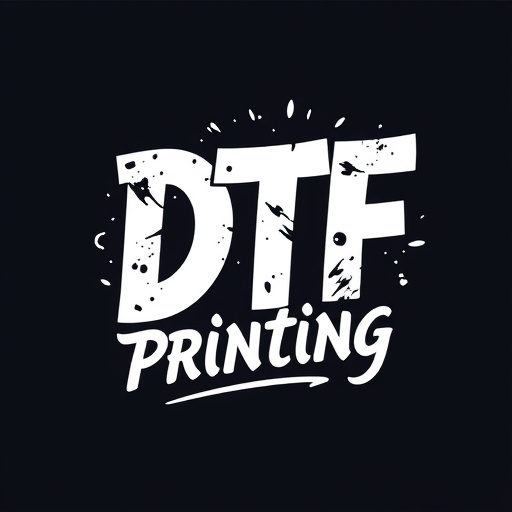
In the realm of direct-to-film (DTF) printing, quality assessment is paramount to ensure the integrity and fidelity of the final product. As DTF technology continues to revolutionize the print industry, it becomes increasingly vital to establish robust standards for evaluating the accuracy and sharpness of transfers. This is particularly crucial in diverse applications such as graphic arts, textiles, and even healthcare, where small imperfections can have significant consequences.
The need for meticulous quality assessment arises from several factors. Firstly, DTF transfers often involve complex workflows with multiple stages, making it essential to verify that each step aligns precisely with the original source material. Furthermore, variations in ink compositions, substrate types, and printing conditions can introduce subtle changes that may not be immediately apparent without thorough testing. Thus, implementing a comprehensive quality assessment process allows for identifying and rectifying issues early in the production cycle, ultimately enhancing overall print quality.
Preparing Your Films for Testing: Essential Steps
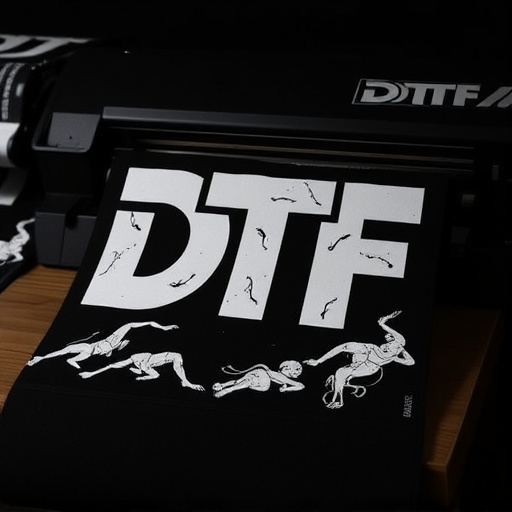
To ensure optimal results with direct-to-film (DTF) transfers, preparing your films properly is a crucial step in the process. Begin by thoroughly cleaning the film to eliminate any dust or debris that could affect the print quality. Use a soft, dry cloth and mild cleaning solutions to avoid damaging the film.
Next, check the film for any damage or deterioration. If necessary, restore damaged areas using specialized techniques such as DTF Printing repairs. Properly expose the film to ensure consistent and accurate color reproduction. This involves calibrating your equipment and following industry standards for exposure times. By taking these essential steps, you’ll be well-prepared to assess the quality of your direct-to-film transfers accurately.
Setting Up the Test Environment and Equipment

To assess the quality of direct-to-film (DTF) transfers accurately, establishing a dedicated test environment is paramount. Begin by securing a controlled space free from environmental interference, ensuring consistent temperature and humidity levels to mimic real-world conditions. Invest in high-quality DTF printing equipment, including state-of-the-art printers capable of producing sharp, detailed prints on various media types. Calibrate the hardware meticulously, utilizing color profiles and measurement tools to ensure accuracy across different display devices.
Complementing this setup is the acquisition of industry-standard monitoring equipment, such as spectrophotometers and colorimetry meters, to objectively analyze color reproduction, contrast, and overall image quality. Position these instruments strategically within the test area for precise measurements. Additionally, secure a variety of reference materials, including high-resolution test charts and standardized color samples, to facilitate comparative analysis during the evaluation process.
Evaluating Results and Making Adjustments
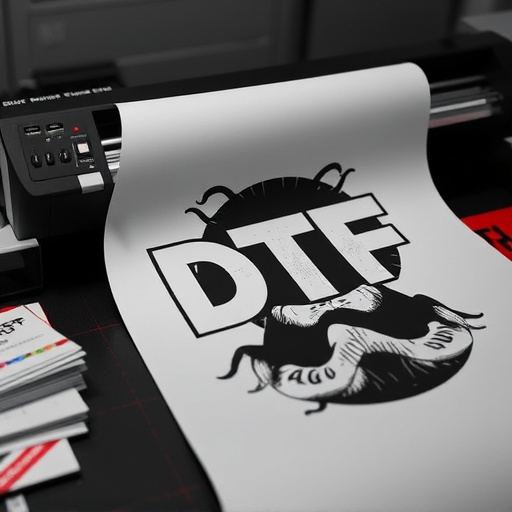
After conducting direct-to-film (DTF) transfers, it’s crucial to evaluate the results closely. This involves meticulous inspection for any signs of degradation, color accuracy issues, or resolution problems. By comparing the transferred film with the original source material, you can identify areas that require adjustments.
Making necessary corrections is a critical step in enhancing the overall quality of DTF Printing. This may include retouching damaged areas, fine-tuning contrast and brightness levels, or applying color grading to ensure consistency. Regular practice and a keen eye for detail will lead to more accurate and visually appealing transfers over time.
Best Practices for Continuous Improvement
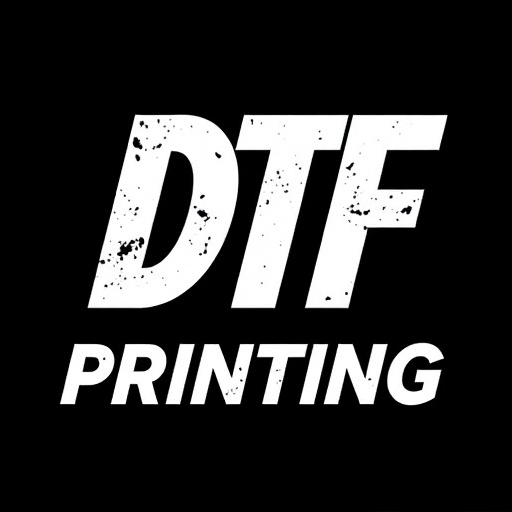
To ensure continuous improvement in direct-to-film (DTF) printing quality, it’s essential to adopt best practices that focus on precision and consistency. Start by establishing standardized procedures for each step of the process, from source material preparation to final print inspection. This includes using high-quality original content and implementing rigorous checks at every stage to identify and rectify issues early. Employing advanced scanning technologies and color management tools can significantly enhance accuracy.
Regular training sessions for technicians and a culture of open feedback are key. Encourage teams to document and share lessons learned, fostering an environment where continuous refinement is the norm. Additionally, staying updated with industry advancements in DTF printing technology allows for incorporating new techniques and solutions that drive superior quality outcomes.








